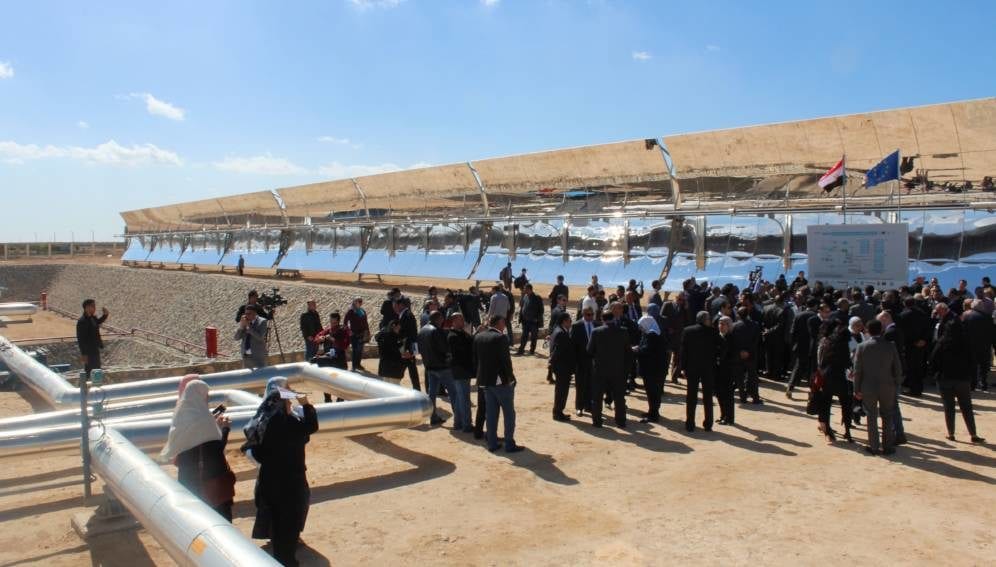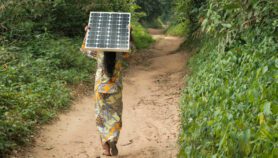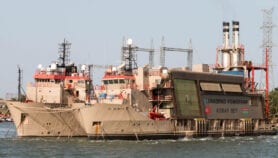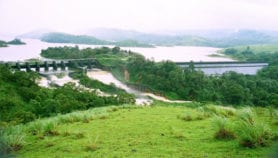Send to a friend
The details you provide on this page will not be used to send unsolicited email, and will not be sold to a 3rd party. See privacy policy.
[ALEXANDRIA] The first training programme in the field of solar power for researchers from Africa and the Middle East is set to launch next September.
The programme, offered by the Academy of Scientific Research and Technology in Egypt, will take place at the Multipurpose Applications by Thermodynamic Solar (MATS) plant. The plant, which produces electricity and desalinates water, has been built over an area of 12 acres in the city of Borg El-Arab near Alexandria, and opened in February.
‟On a regional level, we are interested in deploying this plant in Africa as the largest centre for research and development in the field of concentrated solar power and its outputs, including the production of thermal power, electricity generation, and sea water desalination,” says Amr Amin, the academy’s project coordinator.
“Here lies the role of scientific research, to find solutions to these problems,” added Amin. This could involve cleaning methods, or the use of insulating material that prevents adhesion of dust particles”
Amr Amin
The academy sees the plant as the first of its kind in North Africa, and as the fruit of a genuine collaboration between the academic community and the industrial sector. It implemented the project in collaboration with national partners — universities, research centres and the private sector — as well as other parties from Italy, France, Germany and the United Kingdom.
MATS was the largest European Union (EU) supported research project outside Europe when work began in 2011, with the EU contributing €12.5 million. The academy contributed €2.5 million, and the rest provided by the private sector.
The project is a part of an Egyptian plan to provide 20 per cent of its energy needs from new and renewable sources, especially solar power, by 2022.
MATS has a daily production of five megawatts of thermal power, one megawatt of electricity, and 250 cubic meters of desalinated water that can meet the needs of 1,000 people.
It aims to ‟localize the technologies of solar power in Egypt, therefore it has deliberately made use of Egyptian patents,” said Mahmoud Sakr, the president of the academy, at the opening ceremony. Local components make up 40 per cent of the plant, he added.
The government is counting on the €22-million (US$26 million) project to serve as a pilot for similar projects, aiming to turn Egypt into an exporter of renewable energy technologies.
‟A key objective of the project is to encourage industries that can produce spare parts and key components of renewable power plants, such as mirrors, lenses and tanks,” Saqr said.
The plant works by transferring the heat of the sun, concentrated using special lenses or mirrors, to tubes containing molten salt that stores the heat. When the salt temperature reaches 550 degrees Celsius, the energy is either stored or used directly to heat water that powers steam turbines connected to electricity generators.
Despite the fact that Egypt gets more sunshine than all European countries combined, its dusty environment reduces the efficiency of [solar] plants, Amin told SciDev.Net.
‟Here lies the role of scientific research, to find solutions to these problems,” added Amin. This could involve cleaning methods, or the use of insulating material that prevents adhesion of dust particles, for example.Alberto Giacconi, a researcher at the Italian National Agency for New Technologies, Energy and Sustainable Economic Development (ENEA), and the project's general coordinator, says projects such as the MATS plant stand out due to their low operating costs. “Therefore, its maintenance is of prime importance to maintain its operation efficiency for 20-30 years,” he said.
This piece was produced by SciDev.Net’s Middle East & North Africa desk.














